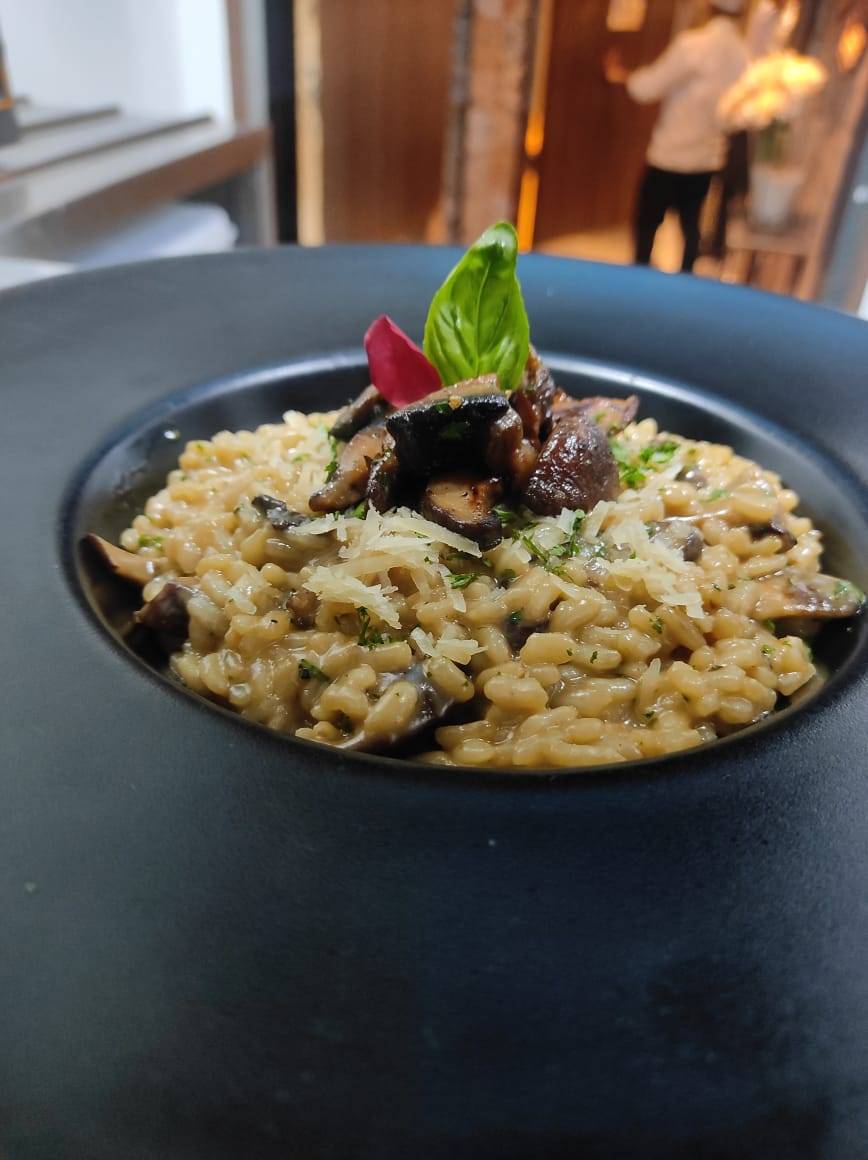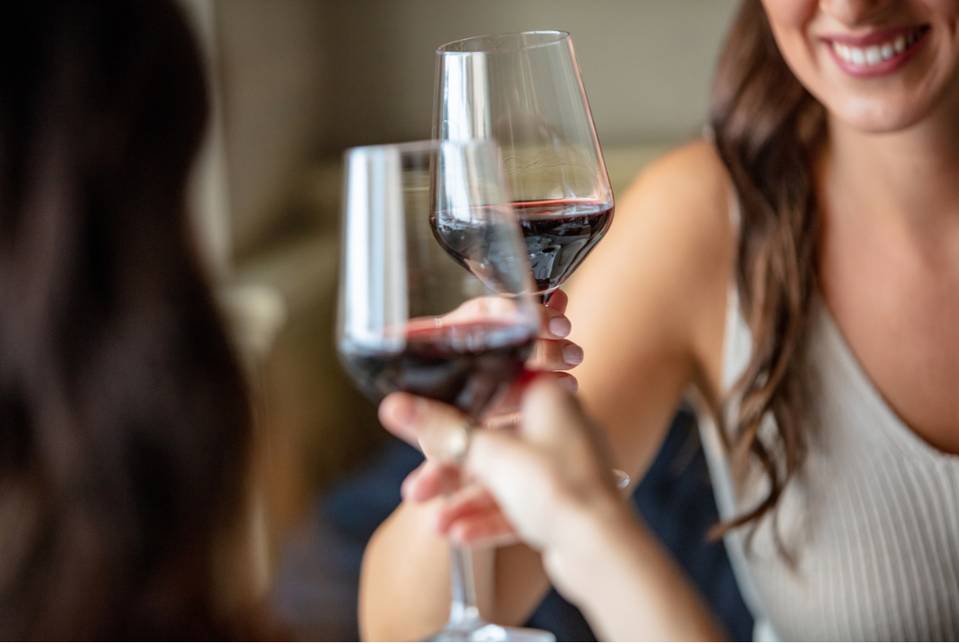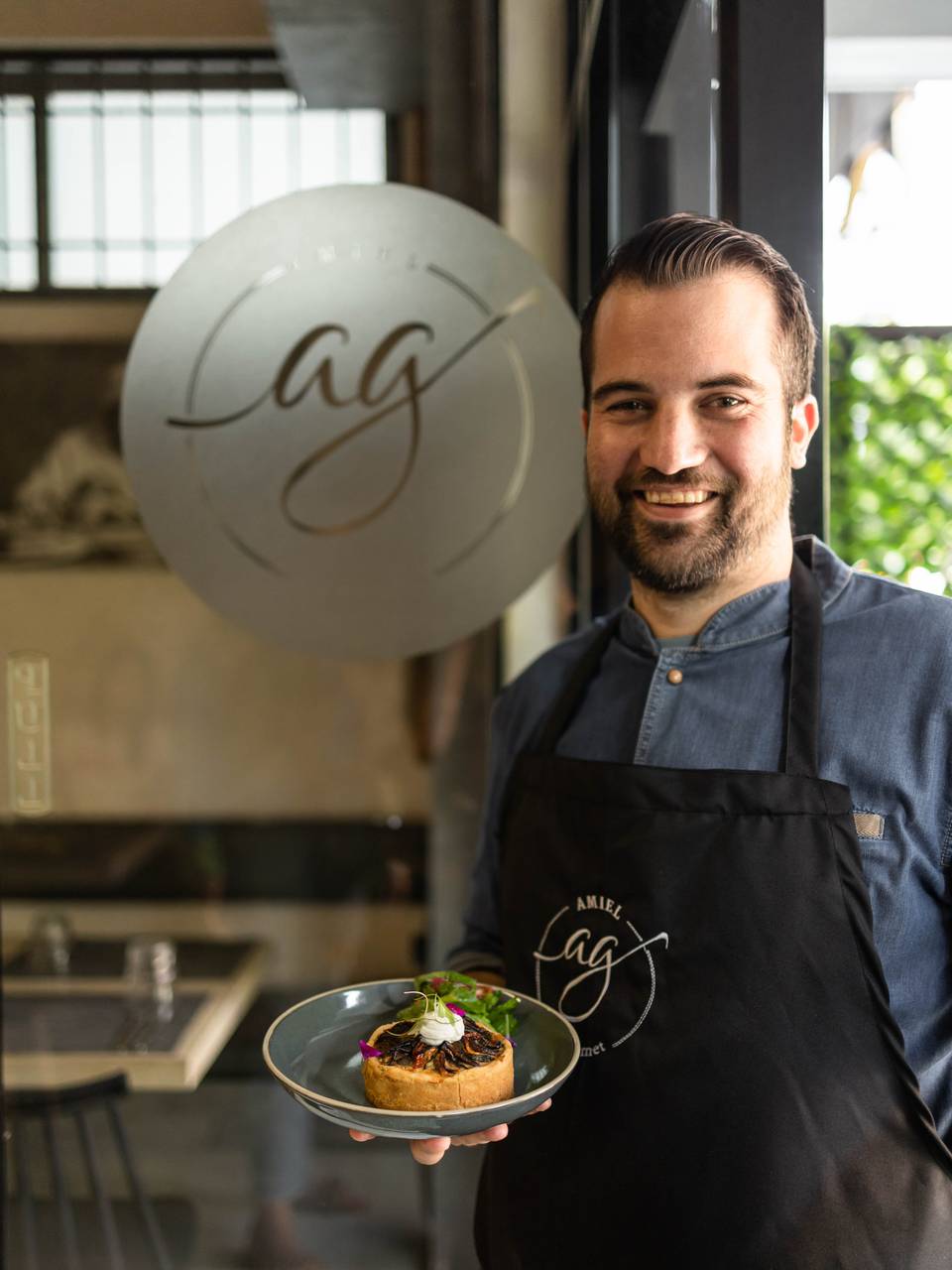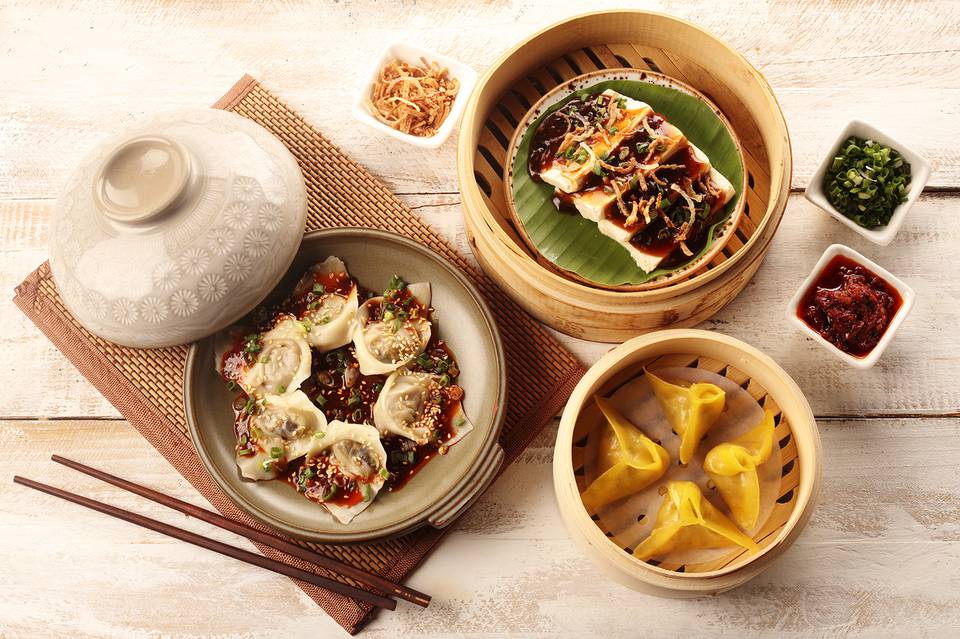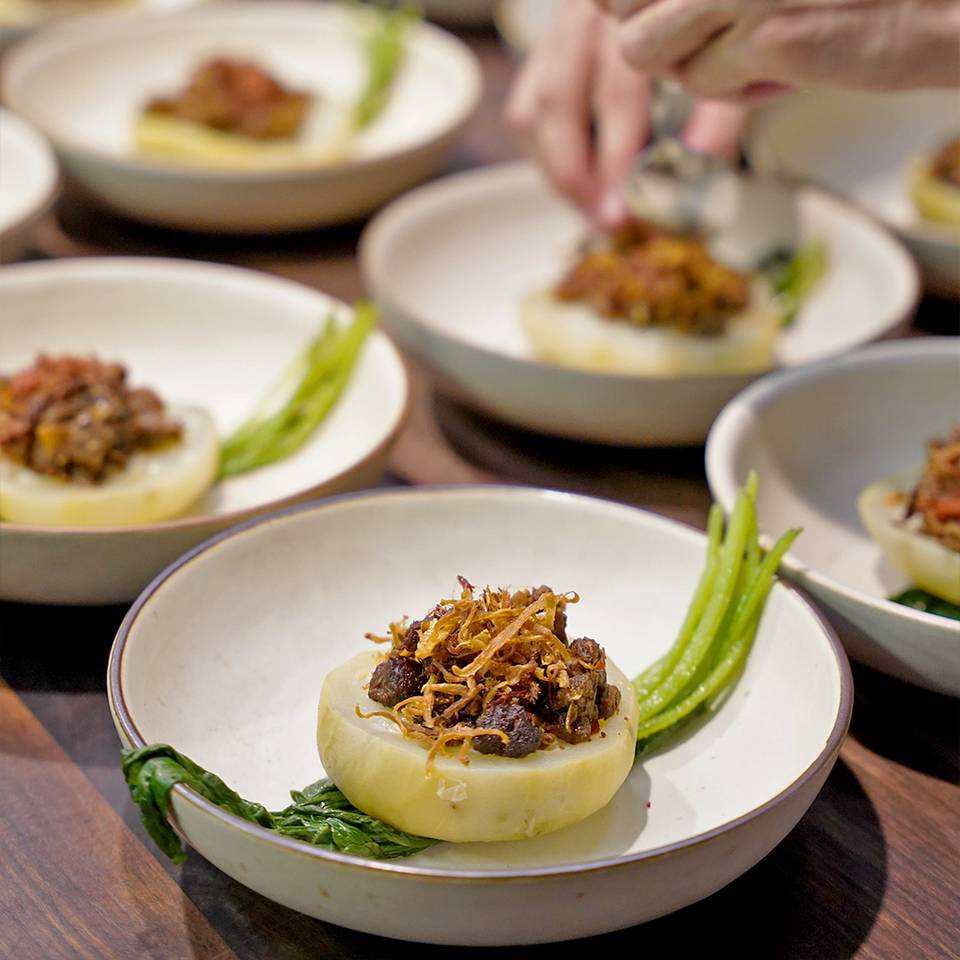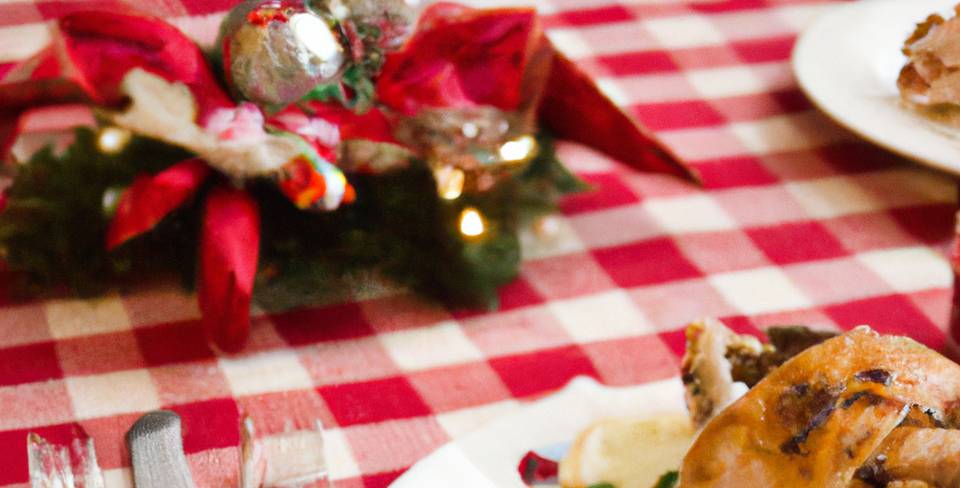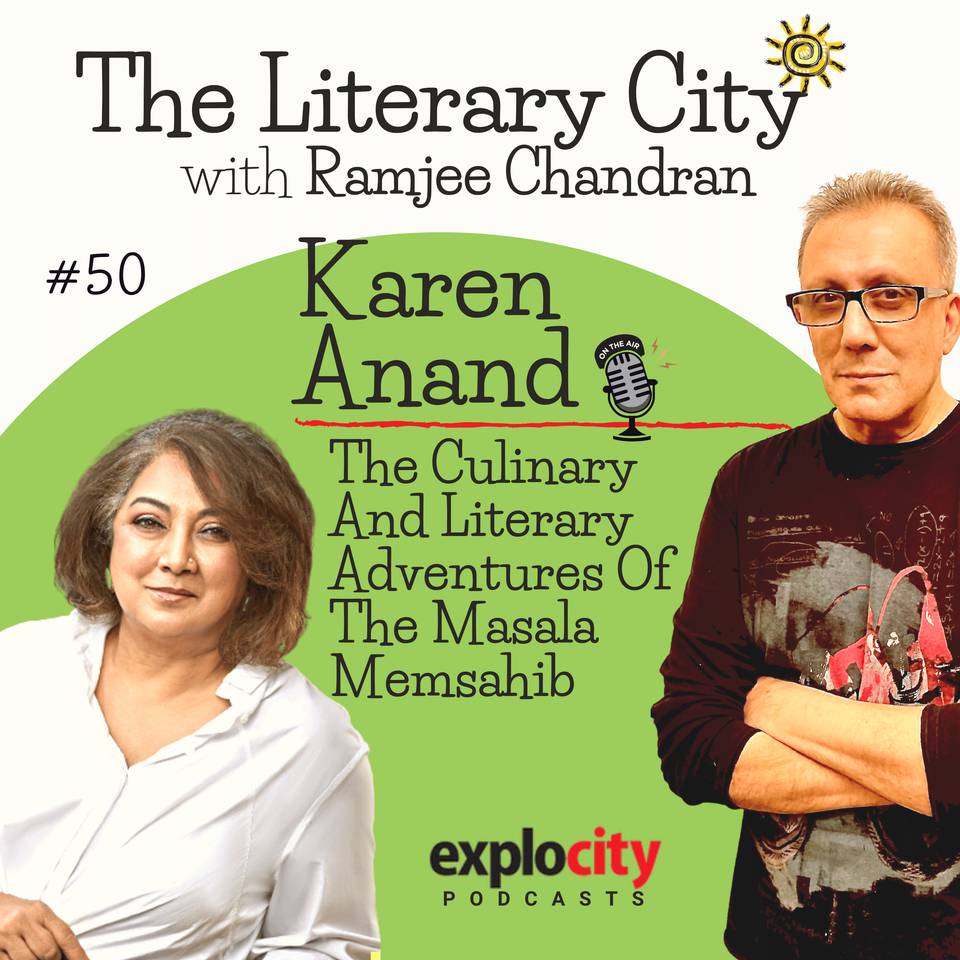Who Ordered The Kimchi Jjigae?!
In Bangalore now, I wondered why Korean food is so popular. Some say it’s because of K-Pop and K-Drama. But that’s like saying Breaking Bad caused a wide hankering for crystal meth.
Apr 20, 2023, 11 48 | Updated: Apr 20, 2023, 13 45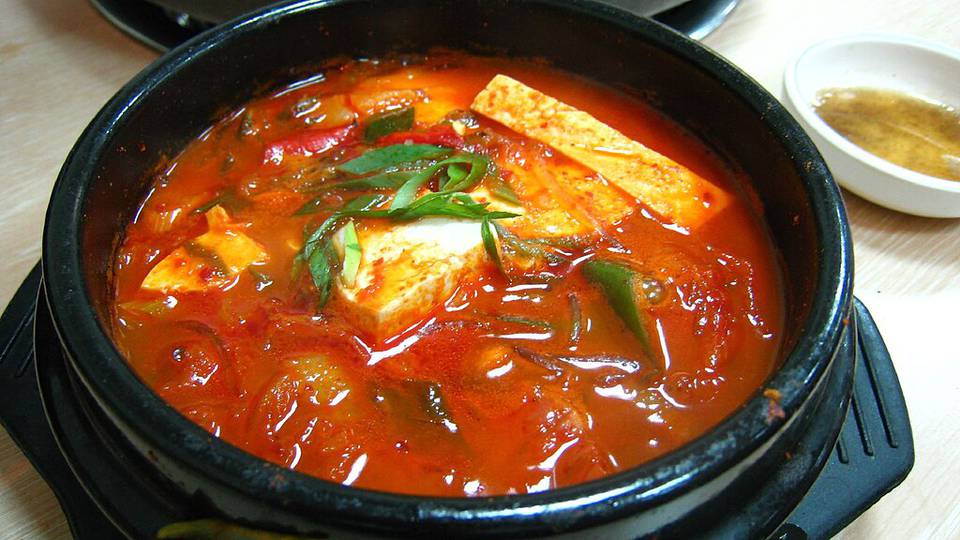
After studying the lunch menu respectfully, I ordered the Kimchi Jjigae
This is a stew made with kimchi (of course), tofu, and meat, typically served with sticky rice on the side. I ordered it because the description said it was a tangy kimchi stew and sat back, my chops and my chopsticks at the ready. Maybe it was regular cutlery. Whatever… I was waiting for my Kimchi Jjigae.
But it would seem that my order had resulted in a bit of cosmic disturbance. Suddenly, the kitchen doors flew open and a lady—Korean I would guess—came at me, arms akimbo. It was the owner.
“Who ordered the Kimchi Jjigae?” she demanded.
Timorously, I raised my hand. What was the problem? Had I committed a cultural faux-pas?
“I did. I ordered the Kimchi Jjigae,” I said, “but is there a problem? Should I change my…”
“No, no, no,” the lady beamed.
She explained to me that her surprise was because this was a traditional Korean dish and rarely did a non-Korean order it and here I was.
I smiled back in the manner of a well-travelled and suave gourmand, but inside I was less sure of myself. What if the Kimchi Jjigae had a peculiar taste—something like an exotic and hard-to-acquire taste.
I savoured the meal in admiring silence. There was no “foreign” element to it. I thought maybe they had somehow Indianised it but a month ago, I was in Singapore—a city that I imagine is less prone to Indianising food—and I ordered Kimchi Jjigae. But it tasted the same.
Tangy, wholesome, hot and steamy, served with rice on the side, my South Indian heart was content. I am not a great fan of the traditional meals I have grown up being force fed, but this one reminded me of rice with rasam.
It did invoke the rasam. Could this be because of Queen Heo Hwang-ok?
Now this lady, a beloved queen of Korea, was from the Pandyan empire. She is said to have travelled to Korea and married King Suro of Geumgwan Gaya in 48 AD.
The story of Heo Hwang-ok is popular in Korean folklore and has been the subject of various books, movies, and TV dramas. However, the historical accuracy of the story is debated, and some scholars believe that it is a myth or a legend rather than a true historical event.
Some historical records suggest that there was contact between India and Korea during ancient times and that Indian merchants and scholars travelled to Korea. However, the story of Heo Hwang-ok is not supported by concrete historical evidence and remains a popular legend in Korean culture.
I’ll buy this Pandyan dynasty story. I’ve eaten delicious rasam (including in the rasam-heartland, Madurai.) And I’ve eaten Kimchi Jjigae. And both have hit the same spot in my soul.
In Bangalore now, I wondered why Korean food is so popular. Some say it’s because of K-Pop and K-Drama. But that’s like saying Breaking Bad caused a wide hankering for crystal meth.
So I decided that I should talk to someone who is learned, so I called Dr Eom Hie Yong who runs Soora Sang—an absolutely charming barbecue Korean restaurant in Indiranagar.
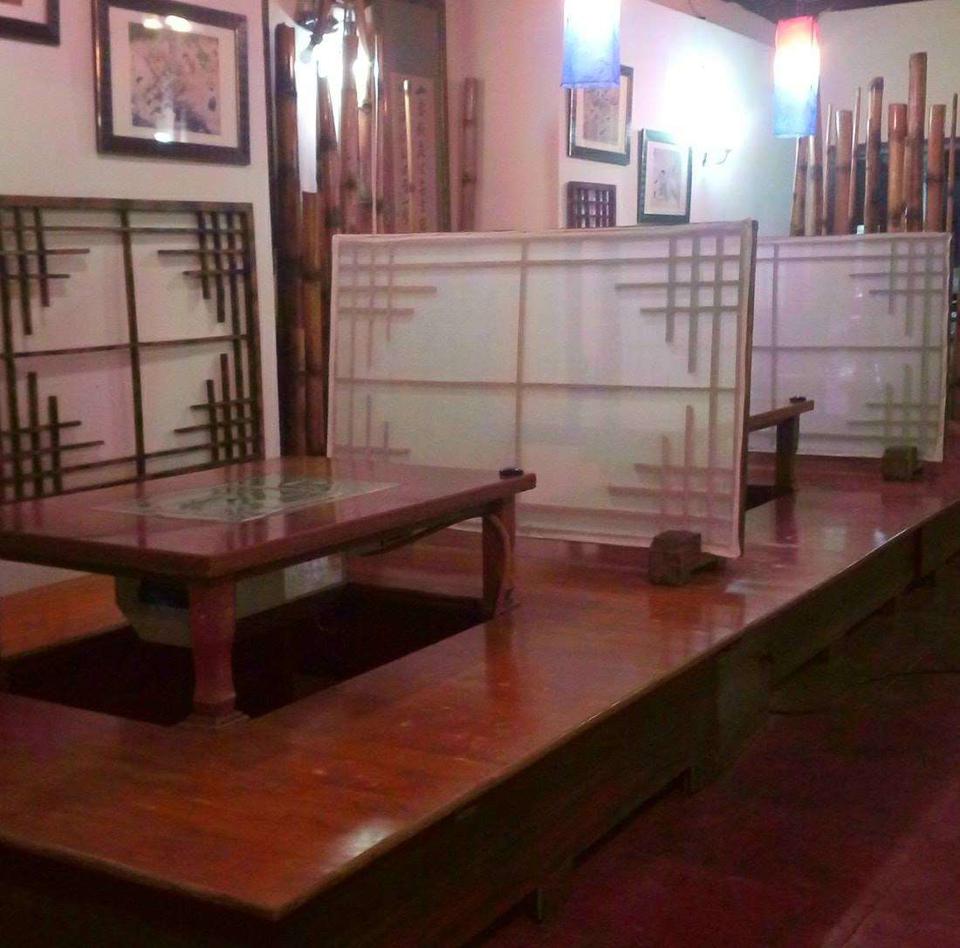
Yong (which is how she likes to be addressed) has a doctorate—a PhD in Sanskrit—and she came to India in 1991.
She then opened a Korean restaurant, called Soora Sang, which translates to “The King’s Table”.
There has been so much said about the similarities between Korean and Indian culture and so I enthusiastically asked about this.
“No similarity,” Yong replied.
“Eh?” (Evidently, I was surprised.)
“Except for our family values,” she continued, “but in food, there is no similarity at all. Let’s talk about the food now.”
To give me an example, she brought out a plate of Gogi Bok Keum, (Red Chilli pork). This is Soora Sang’s best selling dish.
“What’s the same in Indian food?” she asked
Good question.
She said that other than the use of chilli powder, there is little similarity between the two cuisines. Korean flavours comprise pepper, chilli, soya sauce and salt. Indian cuisine has a variety of masalas that is alien to the Korean palette.
“Even our chilli powder is different,” Yong said, referring to the Korean Gochugaru, “Indian powders are milled in the same flour mills that grind flour and other masalas.”
She explained that the chilli powder here is ground fine, almost like flour, and also there is a chance that it is adulterated with other flavours from the garam masala mix from the same machine. So for her cooking, Yong gets the Gochugaru from Seoul.
I wasn’t giving up on the culture thing quite. I doubled down. I think I wanted there to be similarities. Something about the urbane traveller in me.
“Have you heard of the Tamil Princess Suriratna?“ I asked her.
“Sure, we learnt one line about her and her husband in middle school in Korea. That’s all I know,” Yong dismissed it, blithely.
Maybe she saw my face fall a little, so Yong offered up some similarities.
“Songpan that we make for the Korean harvest festival is similar to Ganesha’s favourite food,” she said, referring to the Kadubu or Kozhakattai. And when I first ate Gulab Jamun the taste was distinctively like Yakgwa,” a Korean honey cookie.
I’ll take dumplings. I like them. I looked happy. But still, what about the rasam?
So I asked Yong about this exotic Kimchi Jjigae dish.
“It is the most basic food in Korea,” she said, “we eat it when there is nothing else to eat.”
Once, she said, another customer ordered Kimchi Fried Rice, another basic dish in Korea, and she gave it away for free.
“It’s not a food we consider a delicacy in Korea.” But she would call it comfort food. Like Puliyogere or Rasam to a Bangalorean. “It’s tangy like rasam, but otherwise there is no other similarity,” she said.
Maybe to them but for me Kimchi Jjigae has come to be my favourite.
I hunger for it even as I write this.
POSTSCRIPT
When I was discussing the parallels in language between Korean and Tamil, I asked Yong about some words that brought a tear to the sentimental Indian viewer of K-dramas, everytime an actor exclaims, “Amma!”. (Also, “Appa!)
Yong—let me remind you she is a scholar of philosophy and linguistics must figure in that—pointed out that even if there were distinct similarities with uses such as “illa” (Bangalore’s favourite Kannada negativism), this does not amount to a kinship in etymology. After all, she said, “ma” and “pa” root words are common to many if not most languages in the world.
Explocity knows this to be true. Our podcast, “The Literary City With Ramjee Chandran”, touched on this very topic in a segment titled, WHAT’S THAT WORD?! where we talk about words and phrases. You can listen to it here: <https://open.spotify.com/episode/1D1eoFDzpo5hW6NDvPE0No>
For a true taste of Korea, head to Soora Sang. View the restaurant listing in the Explocity Guide here: https://bangalore.explocity.com/bangalore-guide/listing/soora-sang

